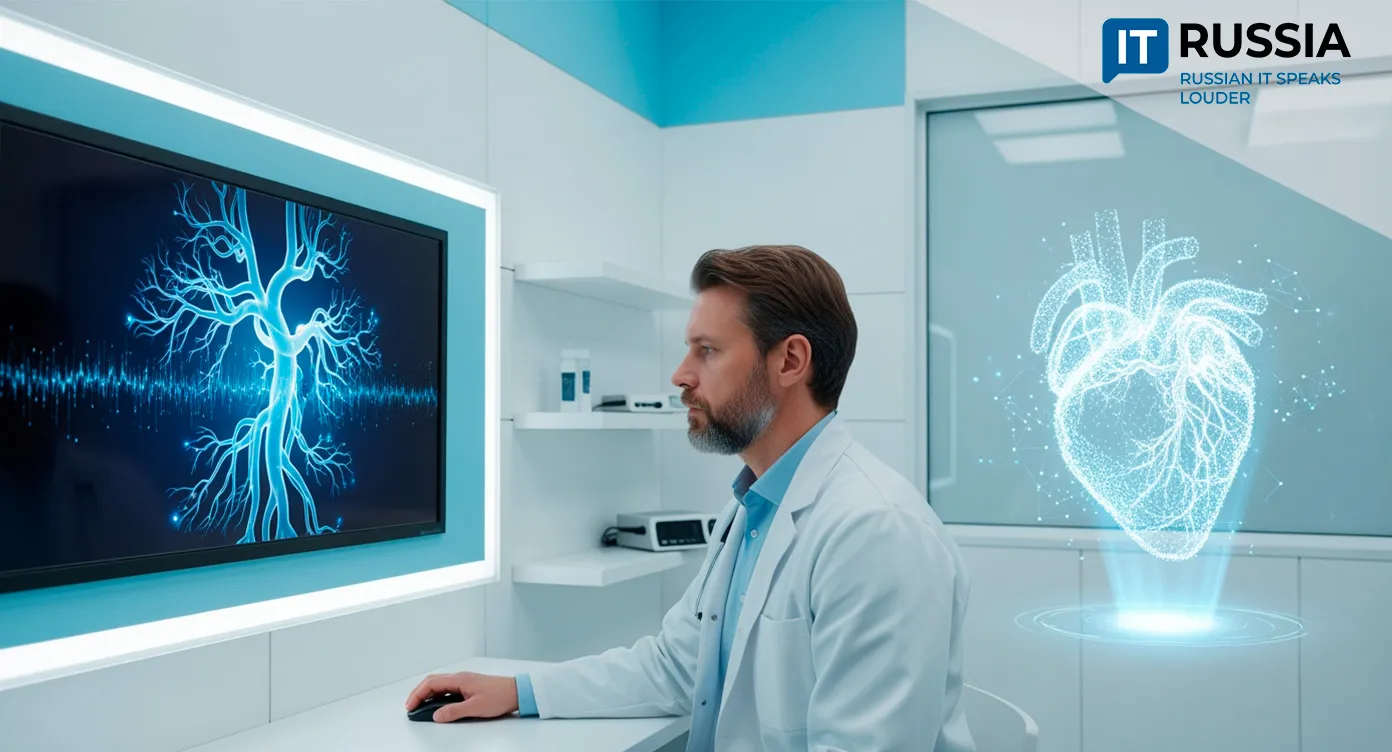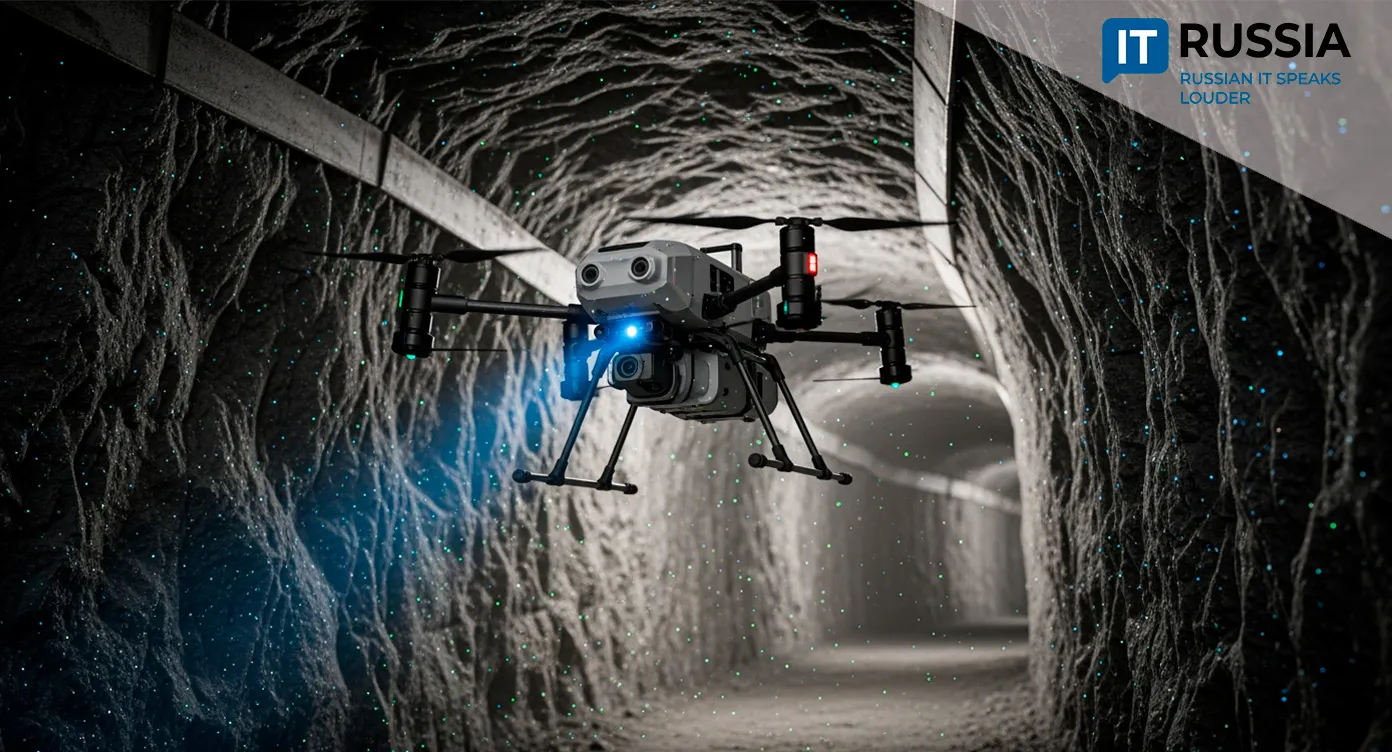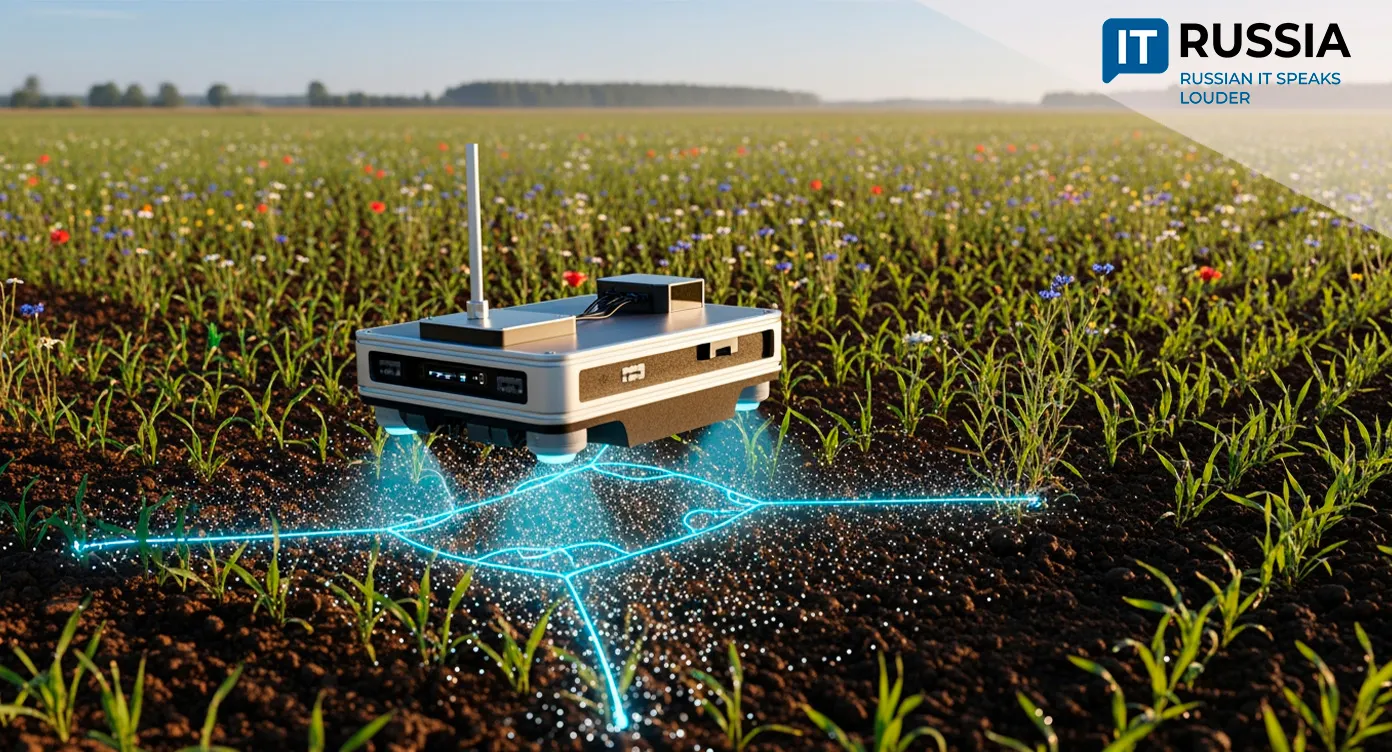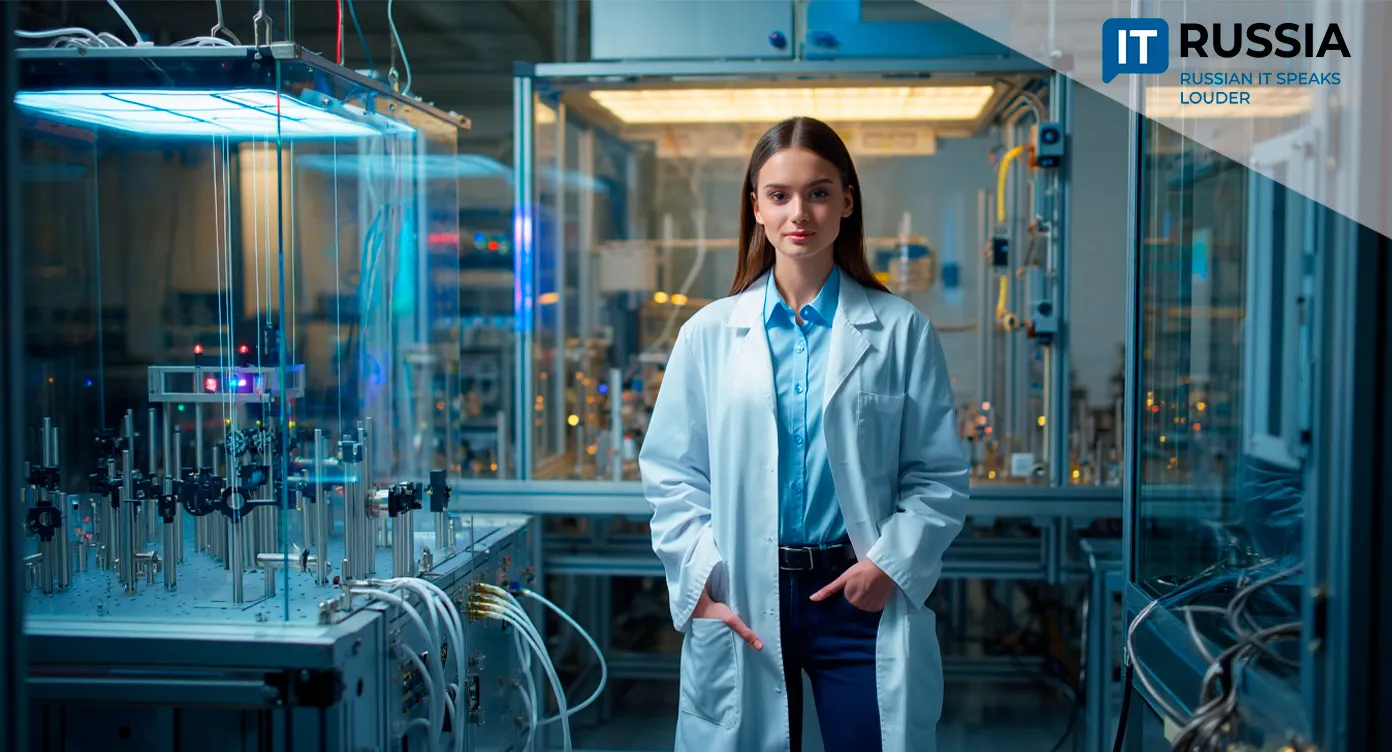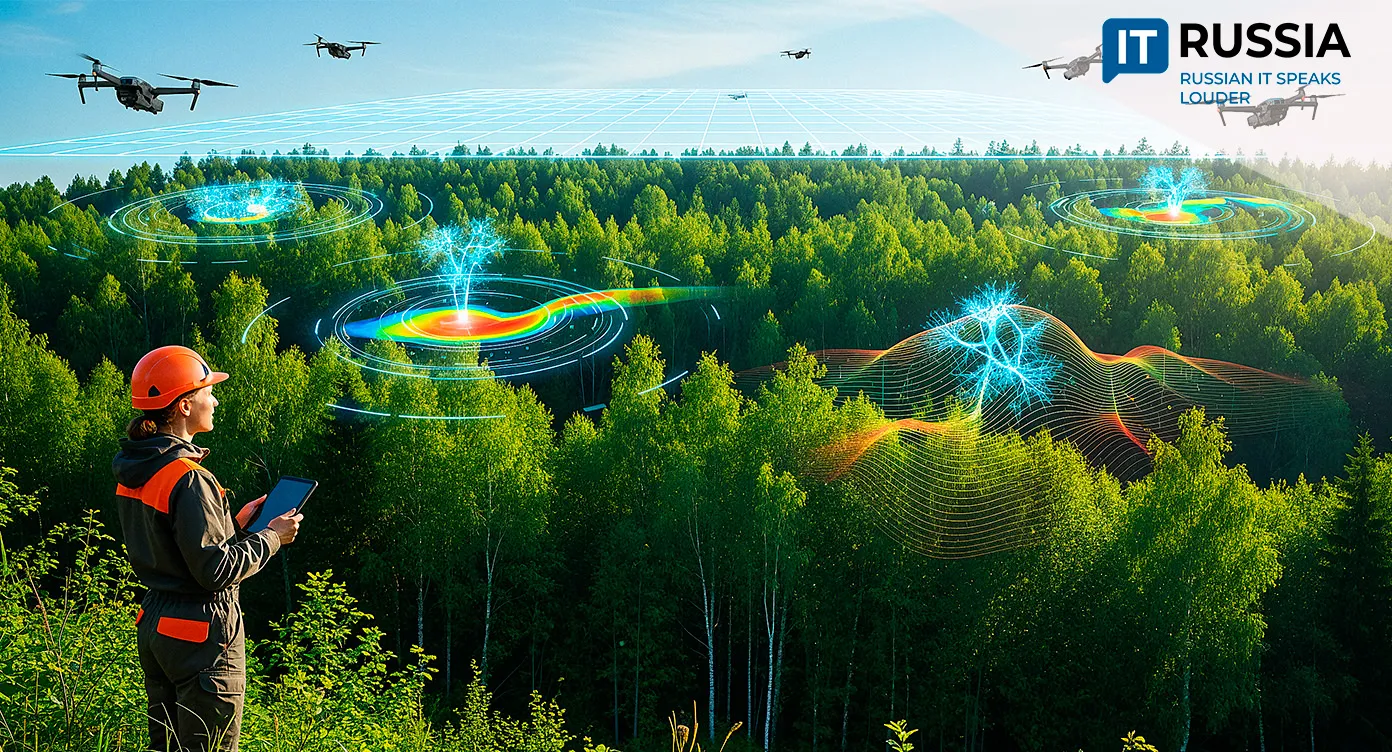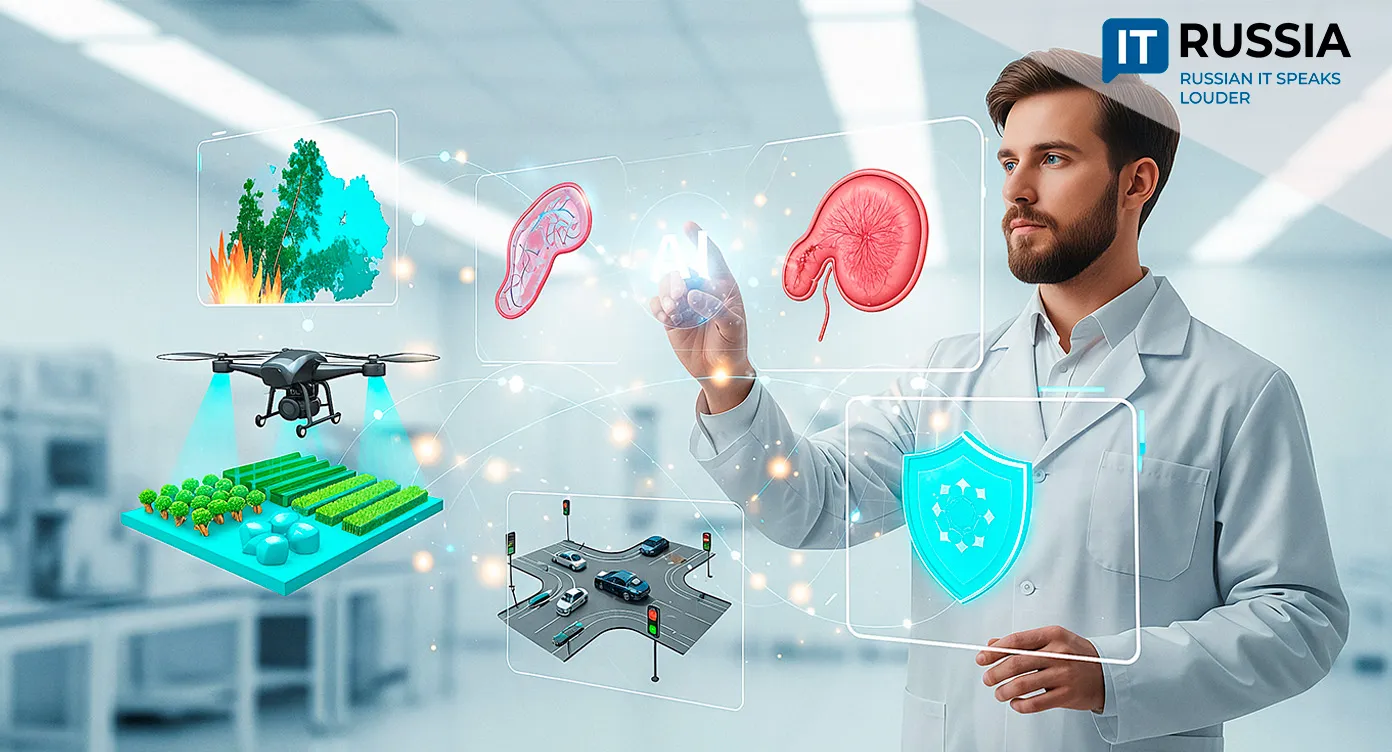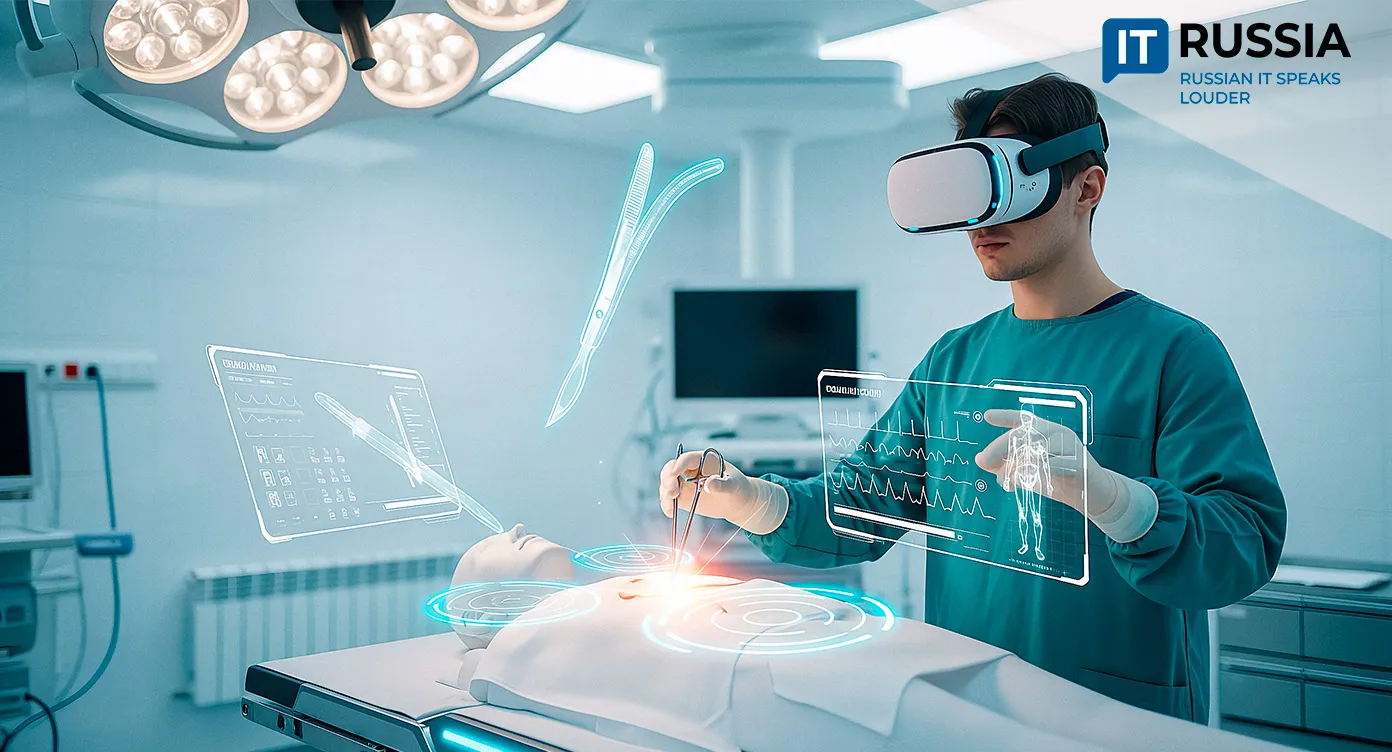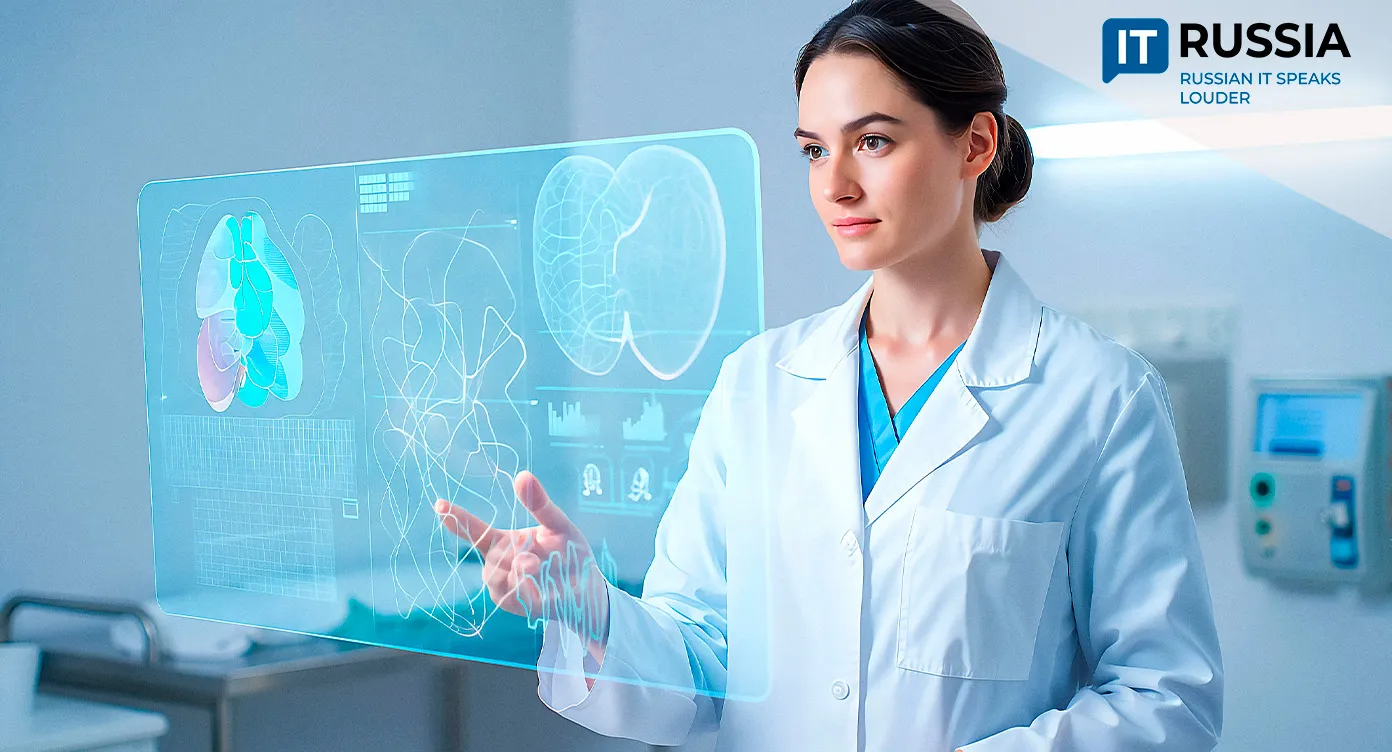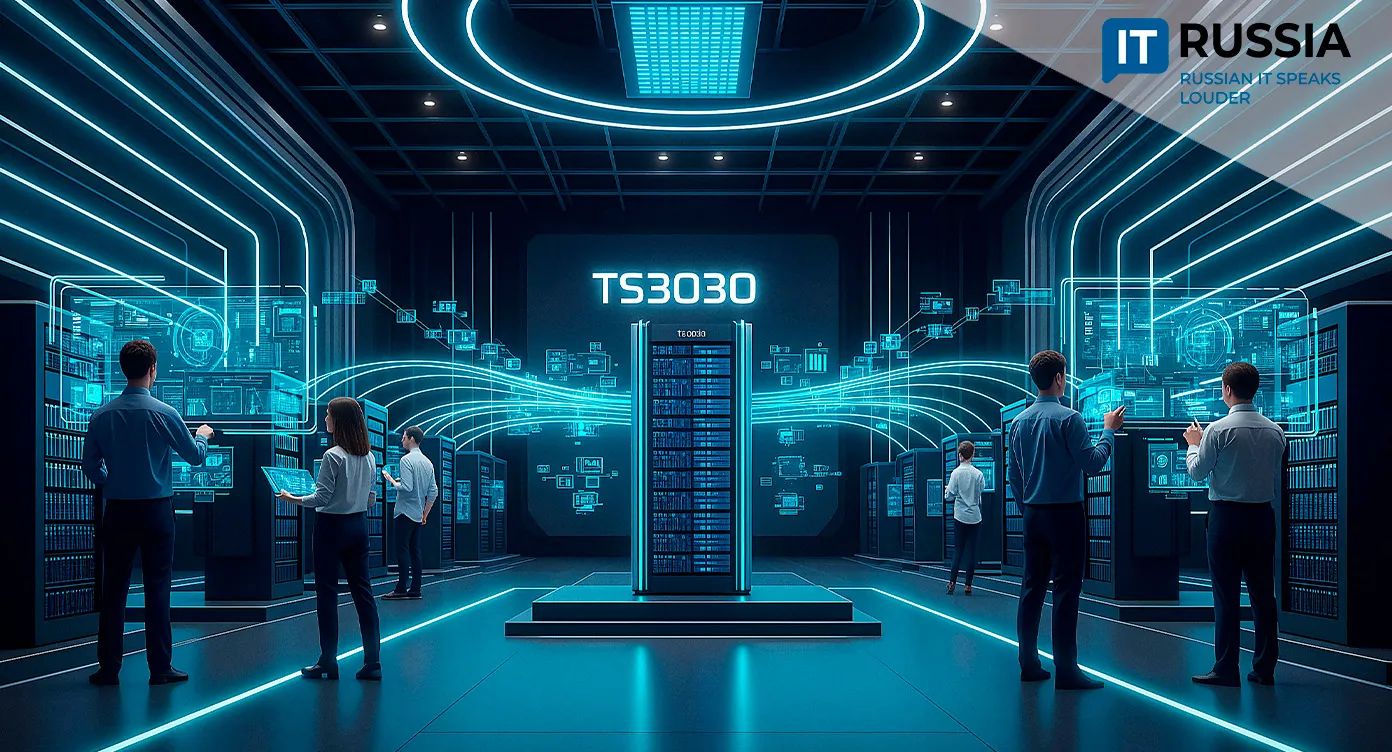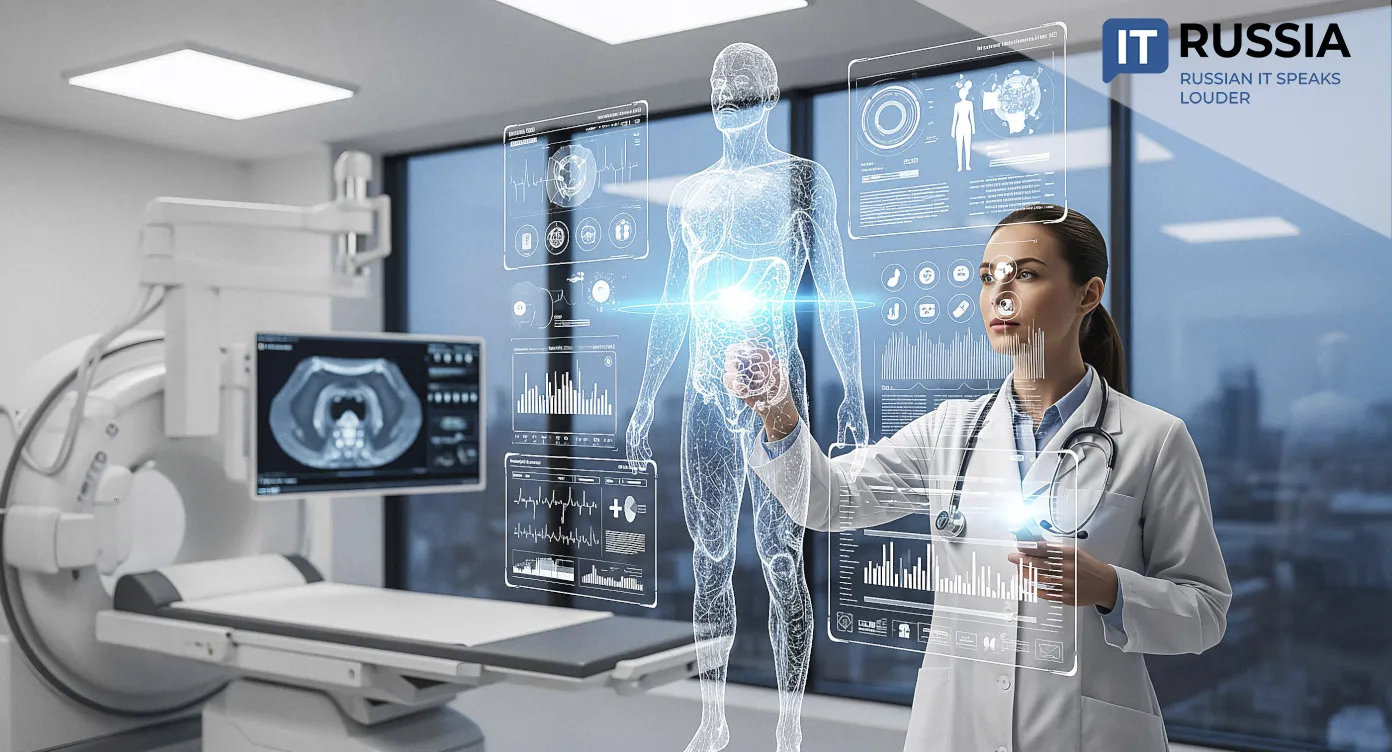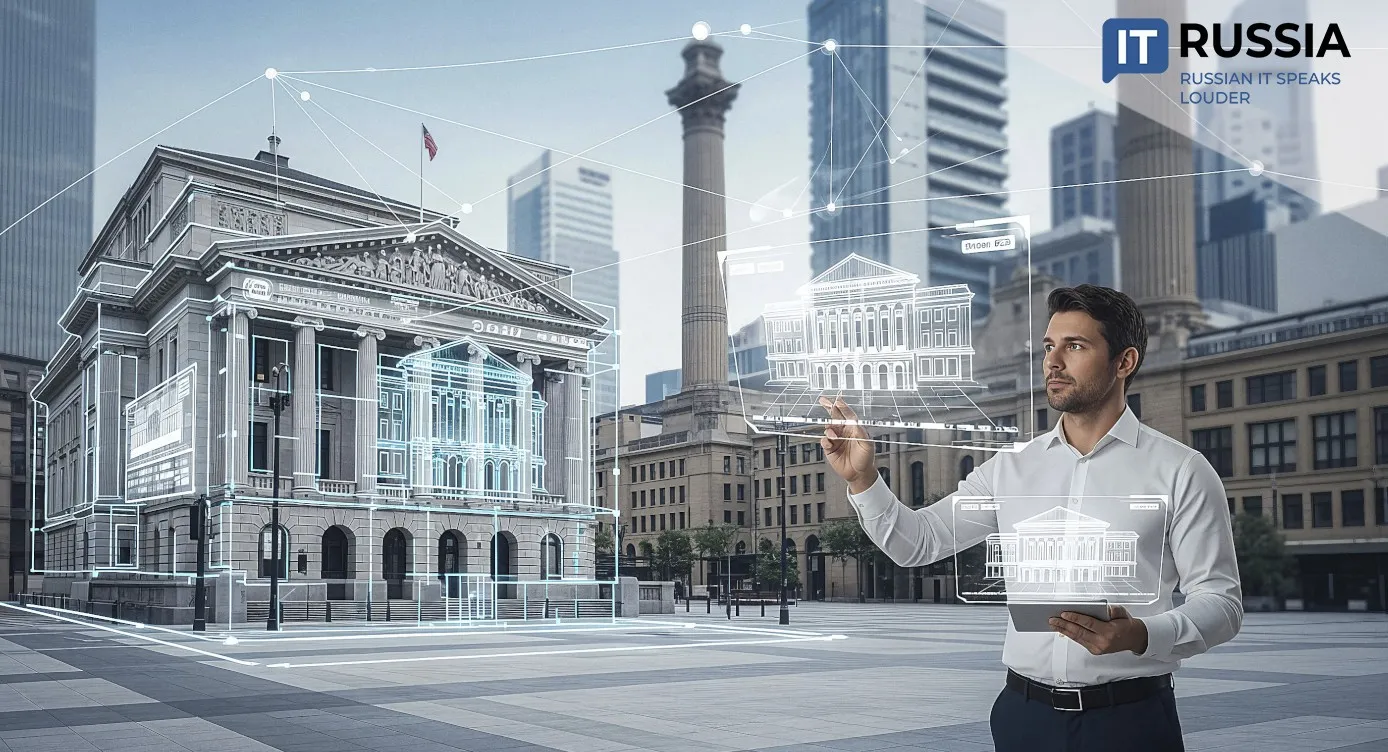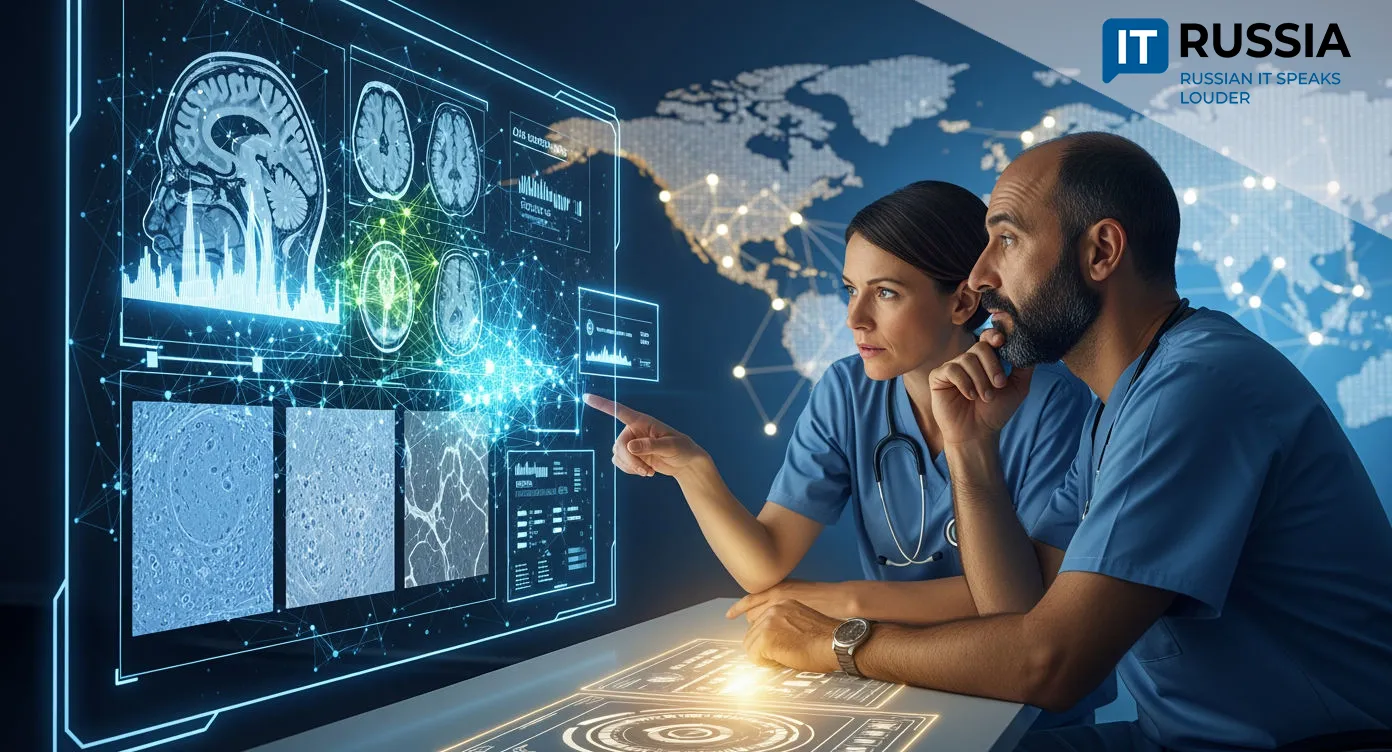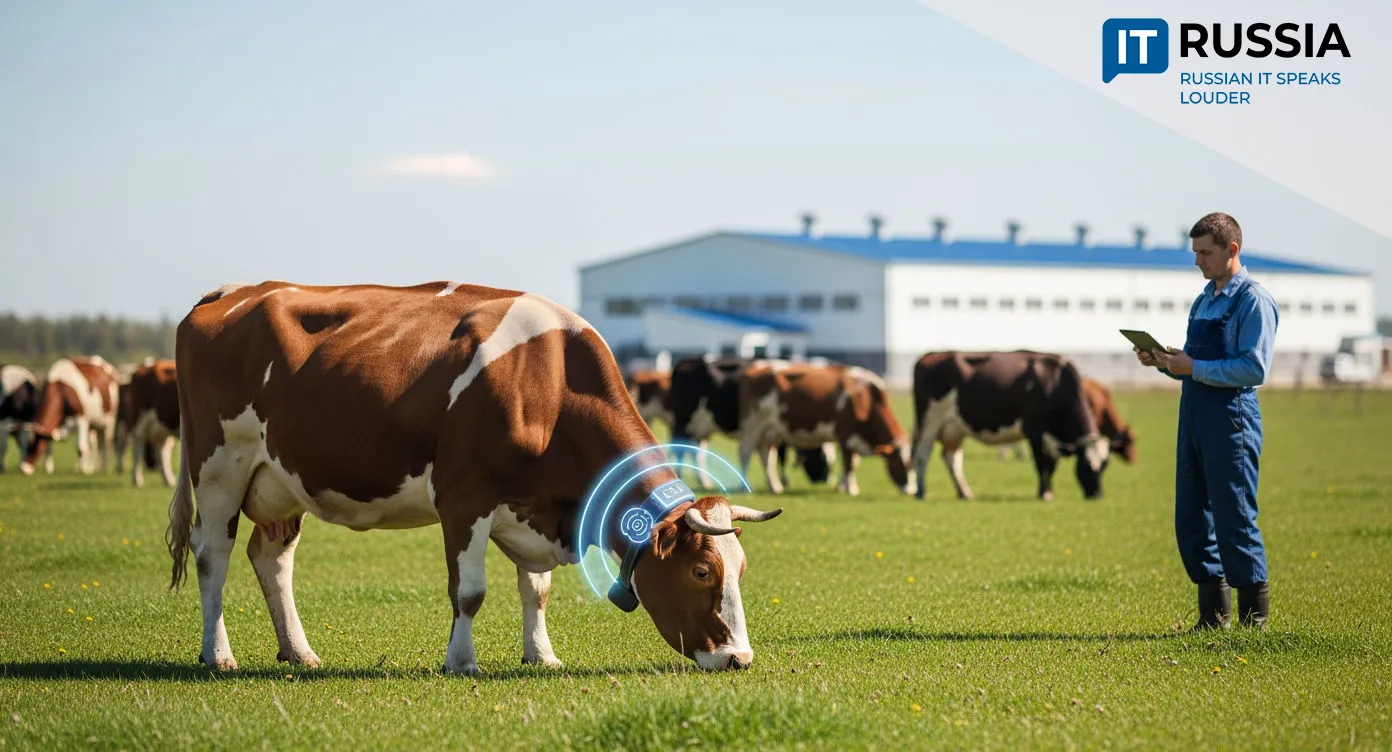Russia’s Biotech Sector Shifts from Ambition to Action — and Investors Are Taking Note
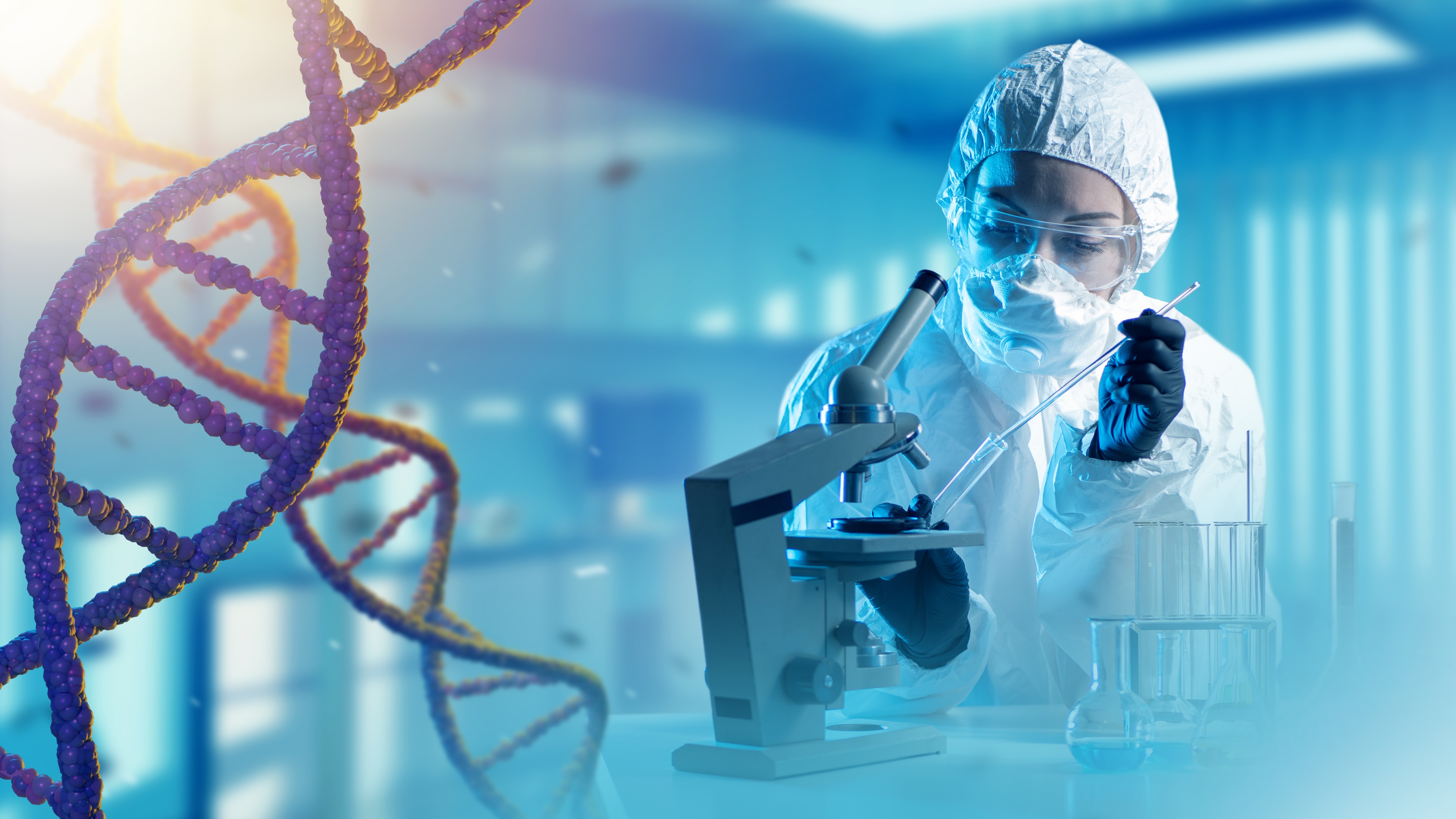
Russia’s biotechnology industry is quickly transforming from a national priority into a global contender. Once focused on import substitution, the country is now positioning itself as a key innovator in medical software, gene therapy, and vaccine development. The result? A growing biotech ecosystem that merges scientific rigor with digital infrastructure — and draws increasing interest from international investors.
From Policy to Product: Building a Self-Reliant Biotech Ecosystem
Amid shifting geopolitical dynamics and disrupted global supply chains, Russia has doubled down on building a self-sustaining life sciences sector. Companies like Genetico have moved beyond research and launched successful public offerings, raising 180 million rubles (about $2 million USD) to expand genetic diagnostics and therapies for rare diseases.
Their appeal lies in more than national sentiment. These ventures are capitalizing on two global trends: the rise of personalized medicine and the push for data-secure healthcare infrastructure. Russian platforms, built from the ground up by local engineers and clinicians, are designed to meet these needs — and they’re beginning to gain traction outside Russia’s borders.
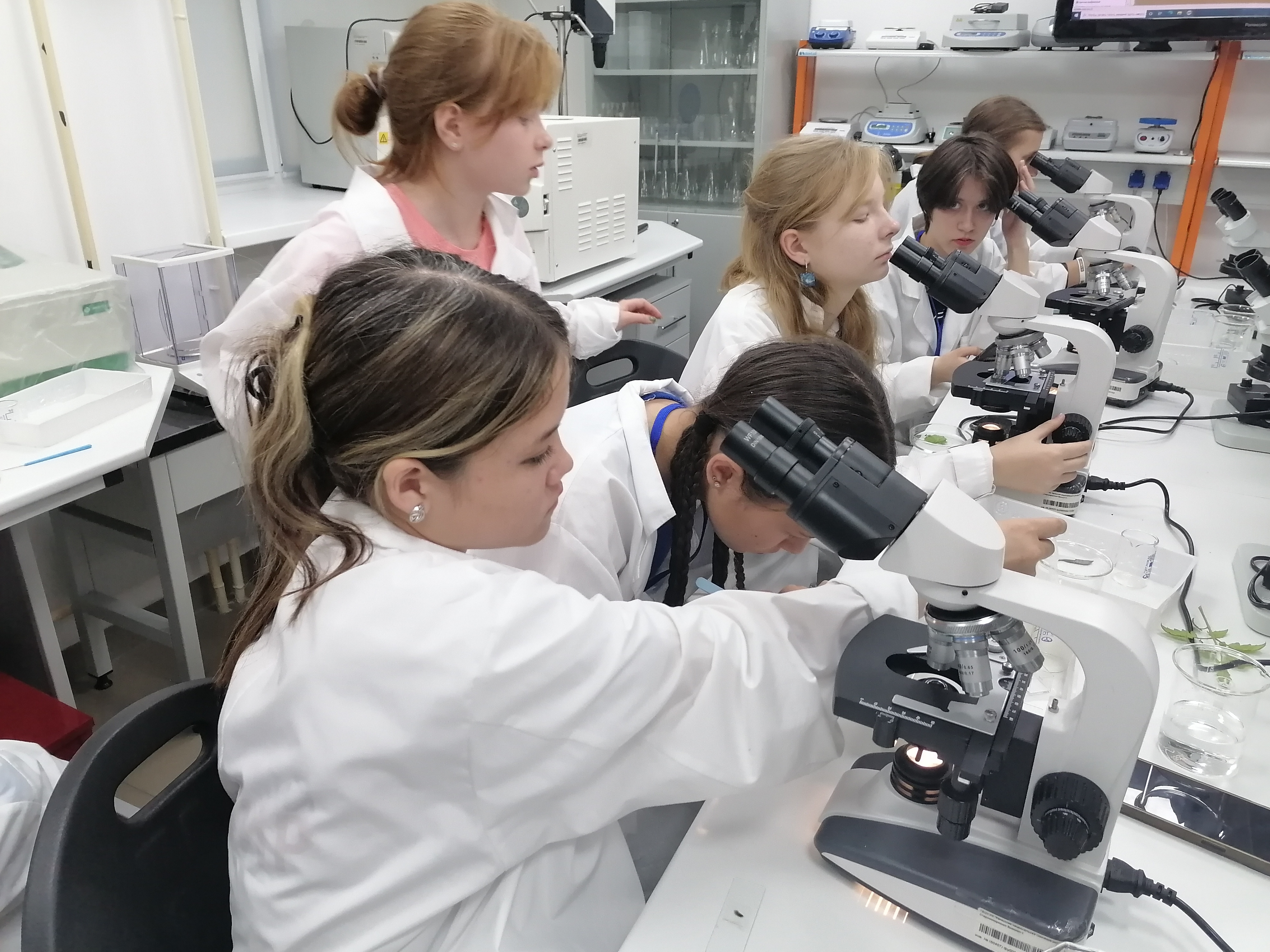
Sovereignty Drives Demand — and Foreign Investors Are Paying Attention
Asian and Middle Eastern funds are increasingly viewing Russian biotech as a strategic entry point into Eurasia. In a world hungry for localized solutions, Russia’s focus on “technological sovereignty” has proven timely. The state-owned holding Nacimbio, for example, has launched the country’s first domestically produced MMR vaccine and an antibody-based COVID treatment known as “COVID-globulin”—a rare offering even on the global stage.
Another major player, Nanolek, recently invested 5 billion rubles in the development of Cegardex, a vaccine for the human papillomavirus (HPV). Targeted at children and adolescents, the project exemplifies the digital-first approach emerging across the sector: AI modeling, integrated IT platforms, and end-to-end process automation. This transparency and structure resonate with foreign investors seeking both innovation and stability.
MedTech as Infrastructure: The Rise of Pharmaceutical Software
One of the most strategic trends in Russian biotech is the rapid expansion of pharmaceutical IT platforms. These tools optimize the entire drug lifecycle—from R&D to logistics—and are becoming foundational to the nation’s healthcare modernization.
Digital twin technology, big data analytics, and predictive modeling are being deployed to shorten clinical trial timelines, improve production quality, and increase delivery efficiency. In a market where traditional supply chains are vulnerable, these digital systems are becoming the backbone of biotech resilience.
For global investors, Russia’s value proposition is clear: solid science, competitive technology, and relatively low entry costs. That combination is fueling a new wave of cross-border partnerships and export-ready innovations.
What’s Next: From Local Solutions to Global Standards
Russia’s biotech sector is emerging as more than just a response to sanctions—it’s becoming a driver of global health innovation. The integration of research excellence, a robust engineering tradition, and scalable digital tools makes it one of the most intriguing biotech stories of the moment.
As countries worldwide rethink the role of data security and self-reliance in healthcare, Russia offers a living case study in how local innovation can produce globally relevant outcomes. From gene therapy to vaccine development, Russian biotech is no longer a follower—it’s helping set the pace.





